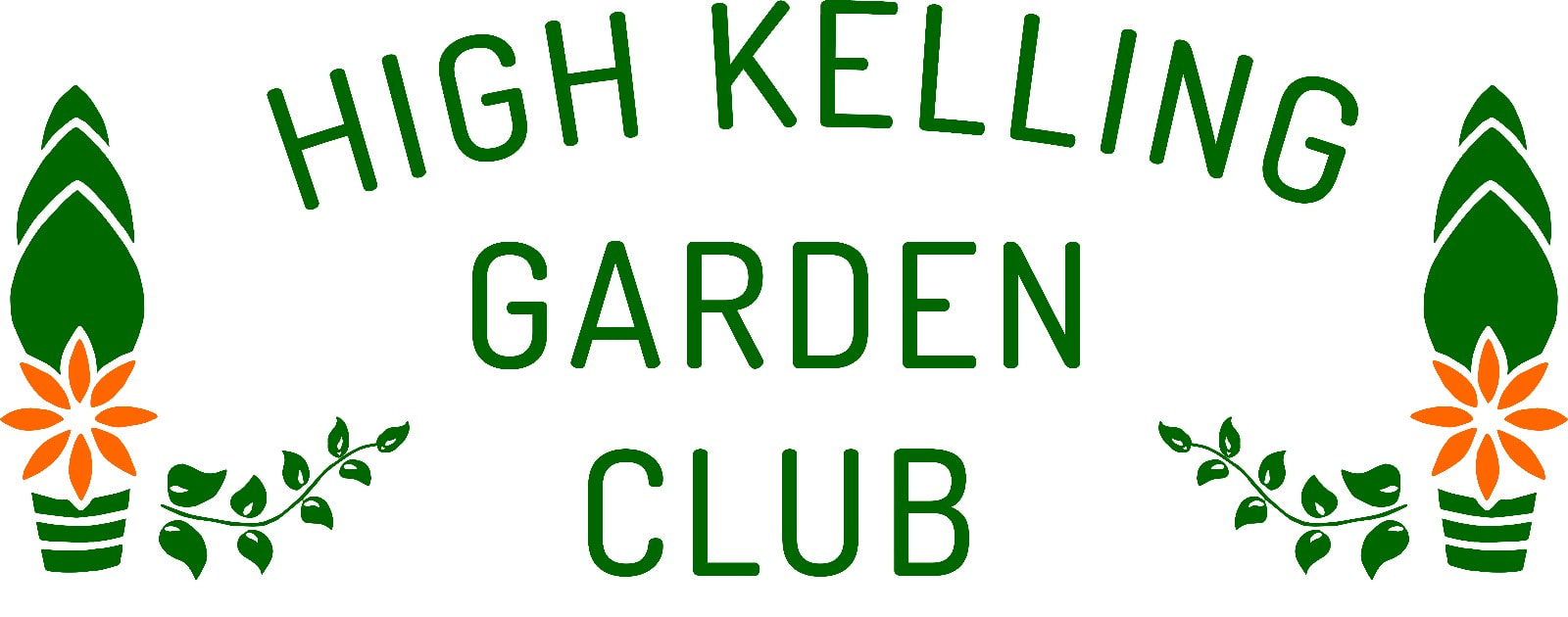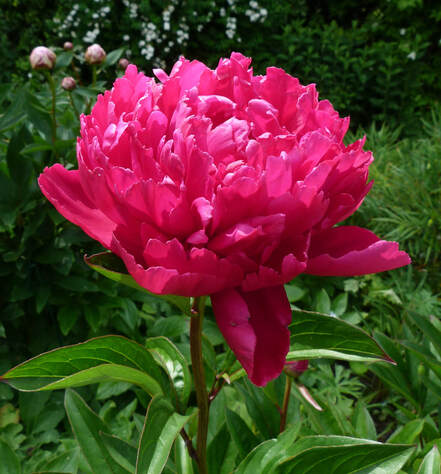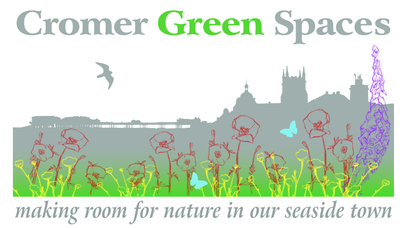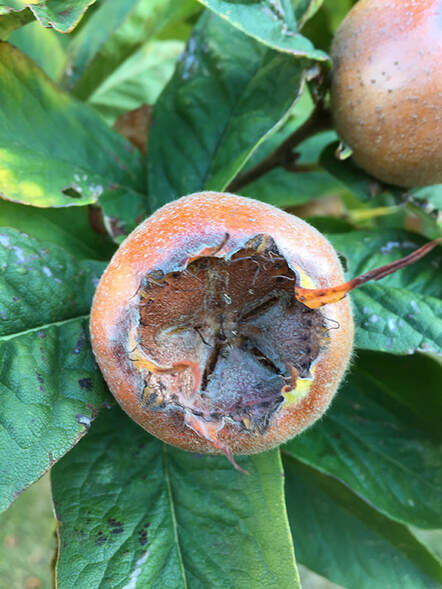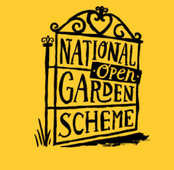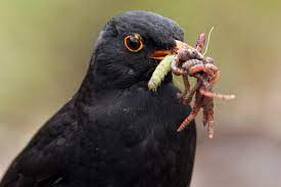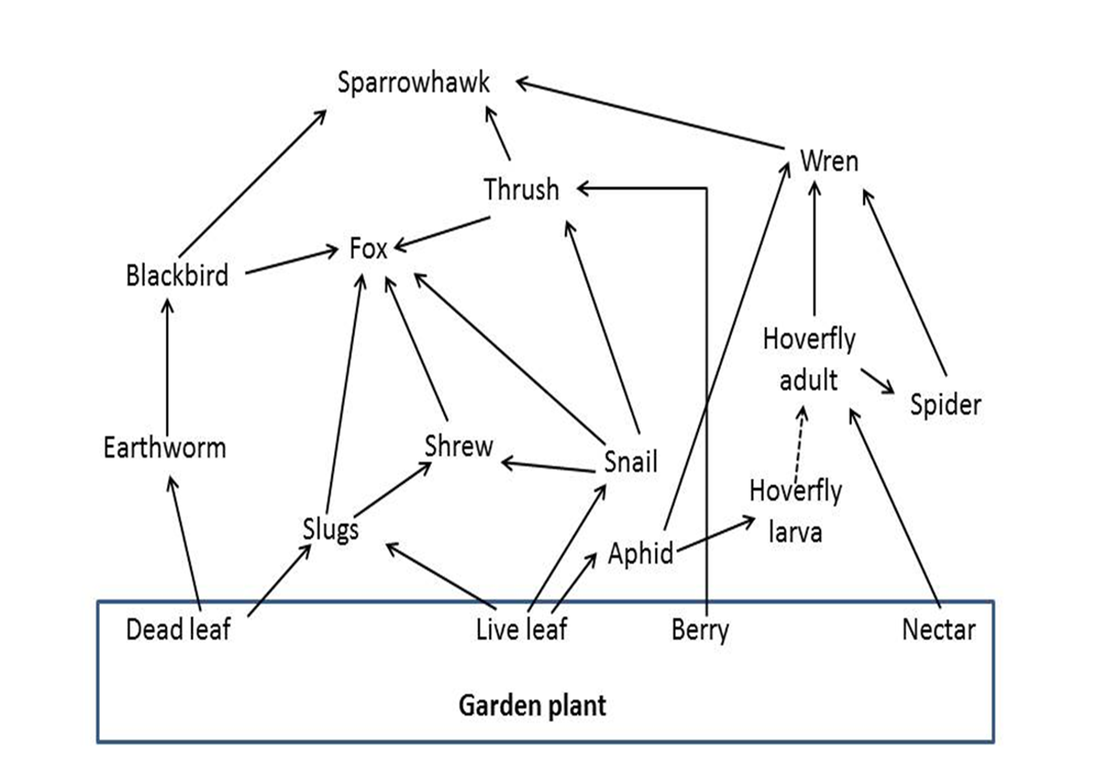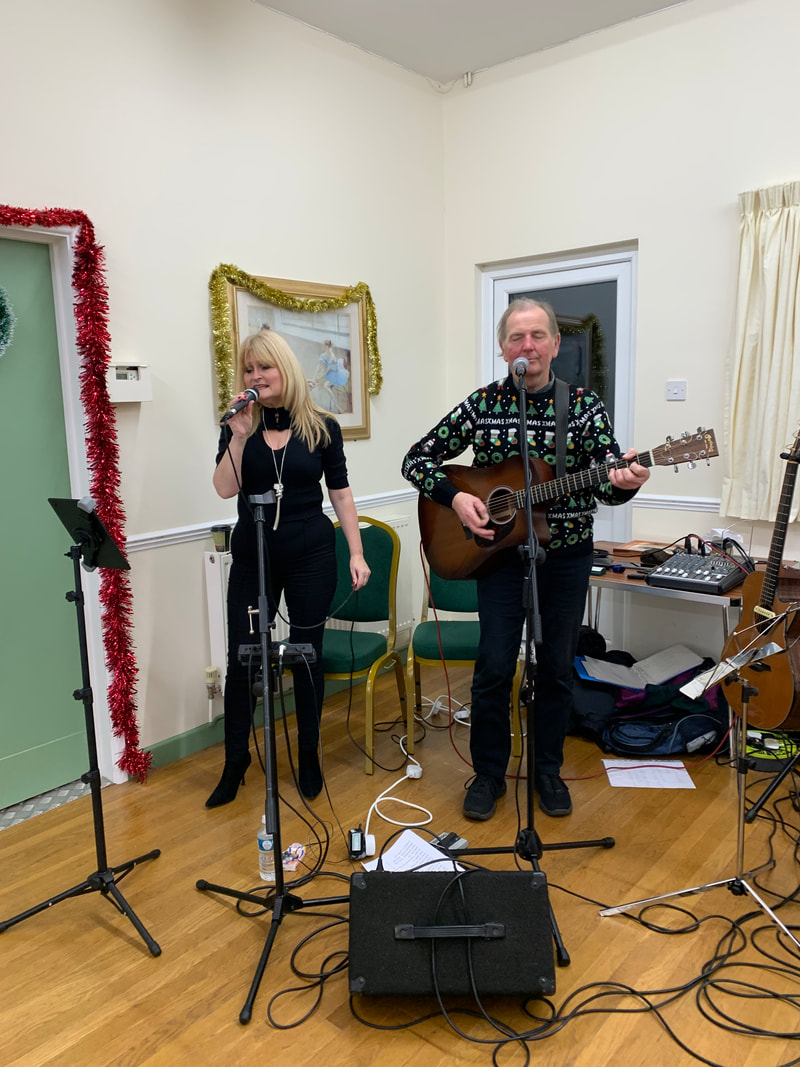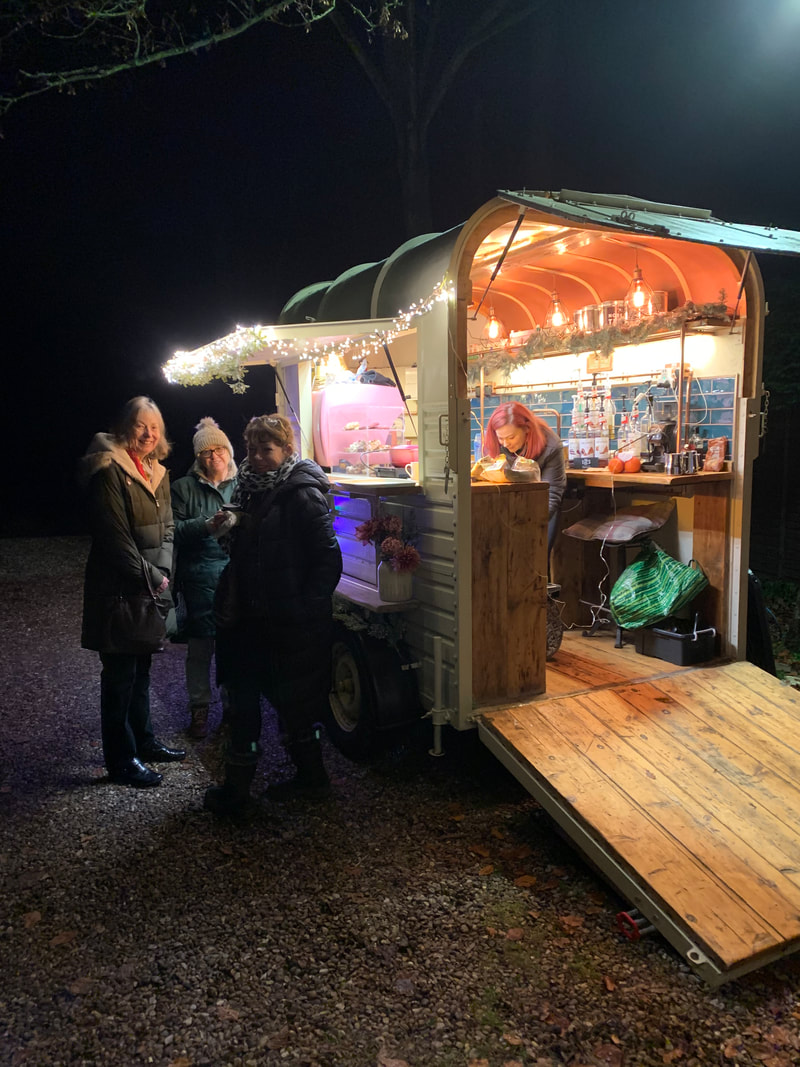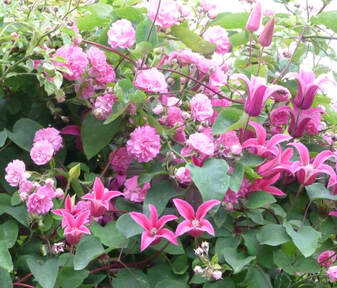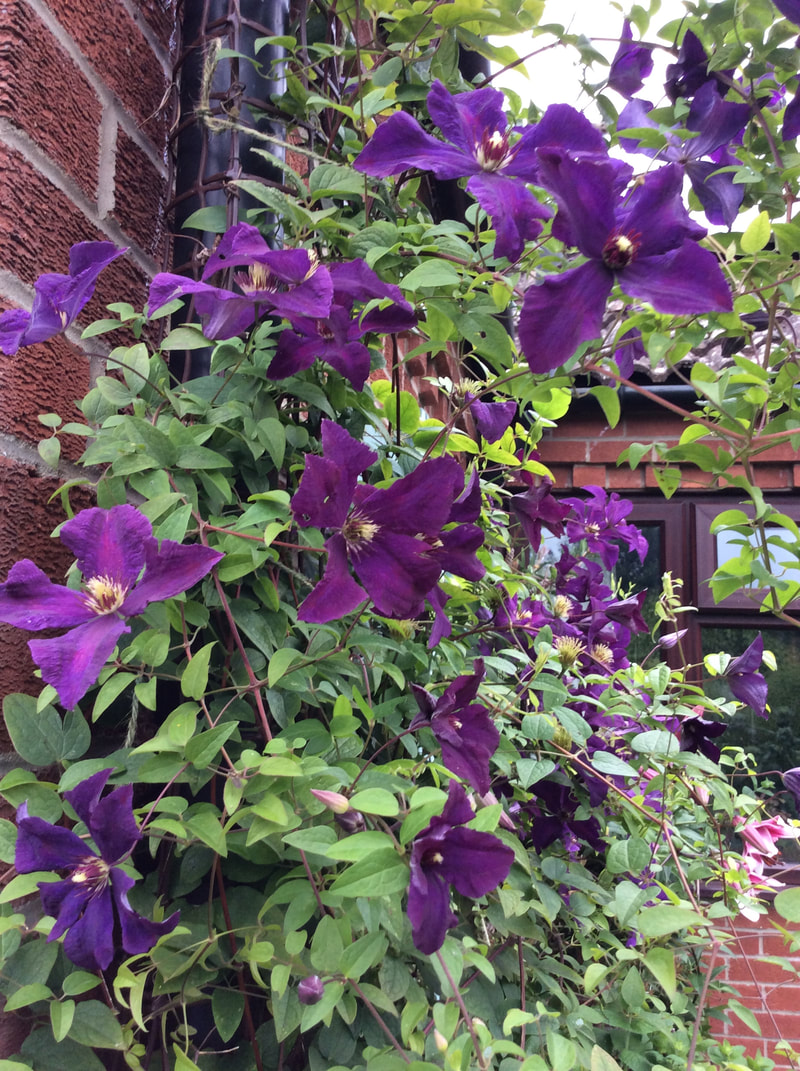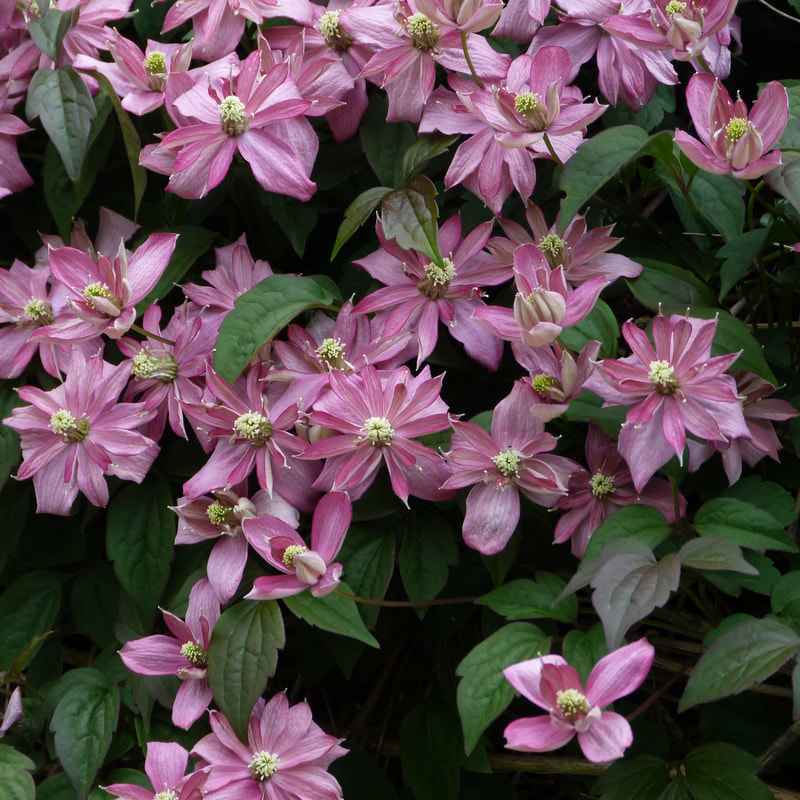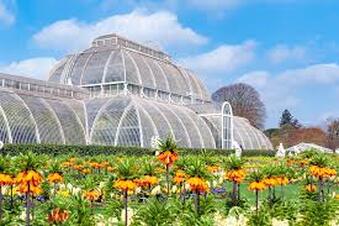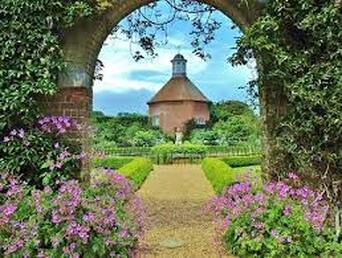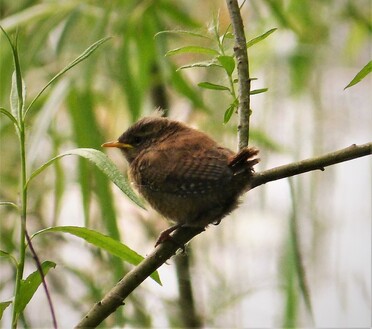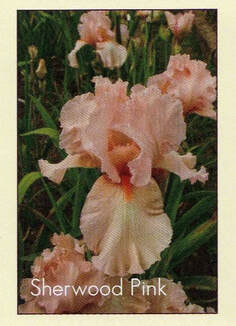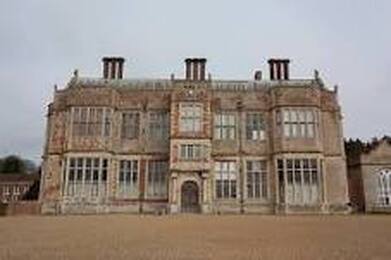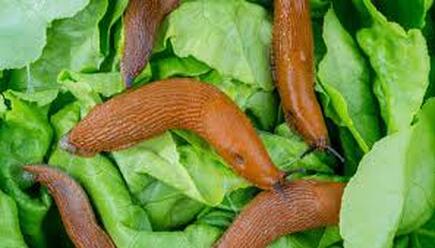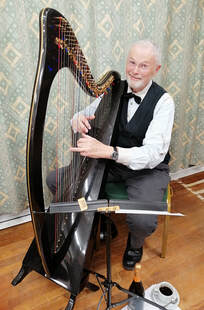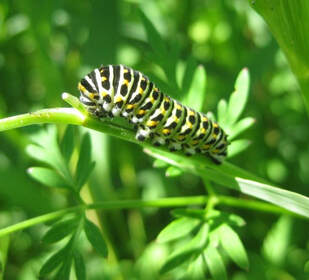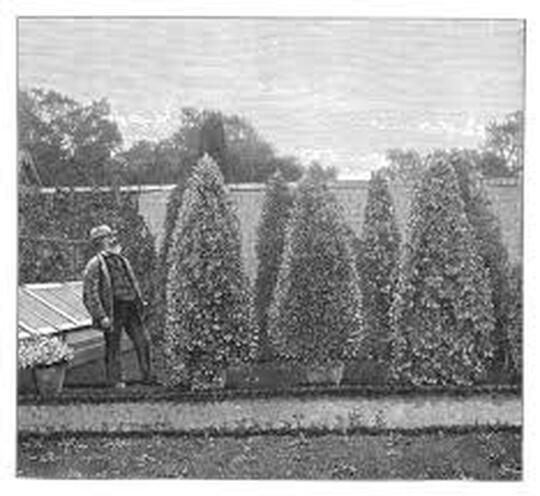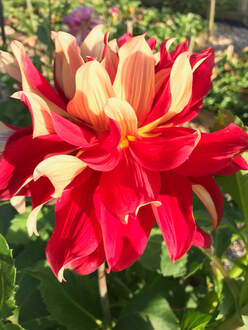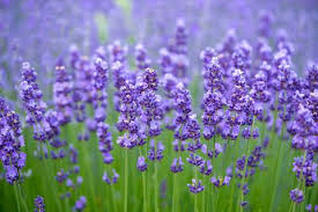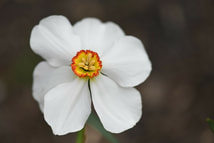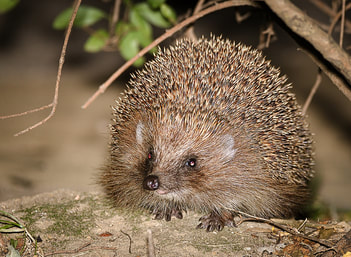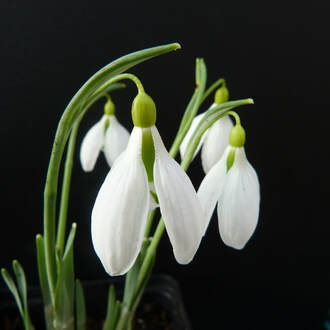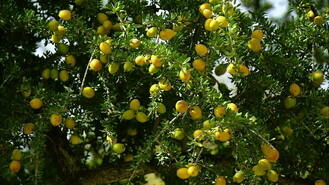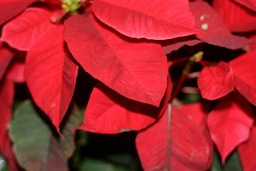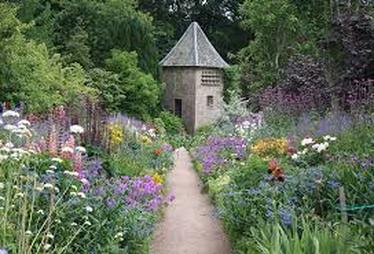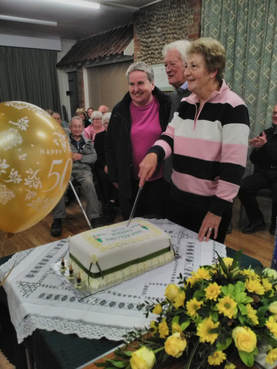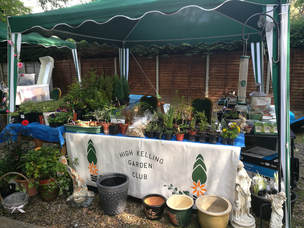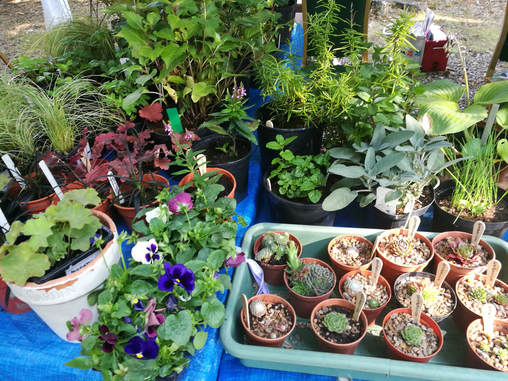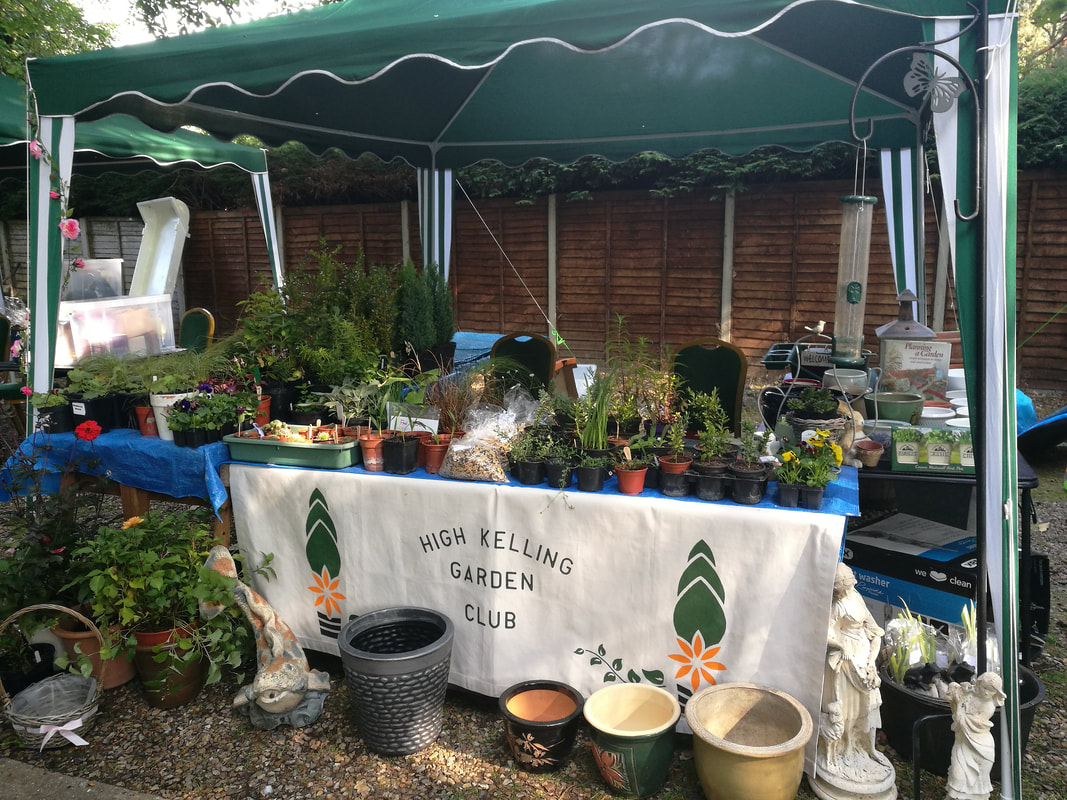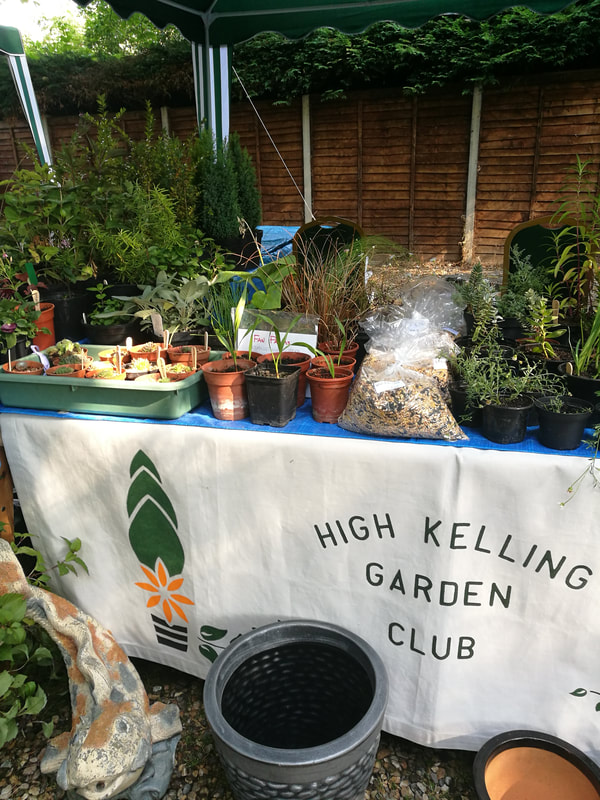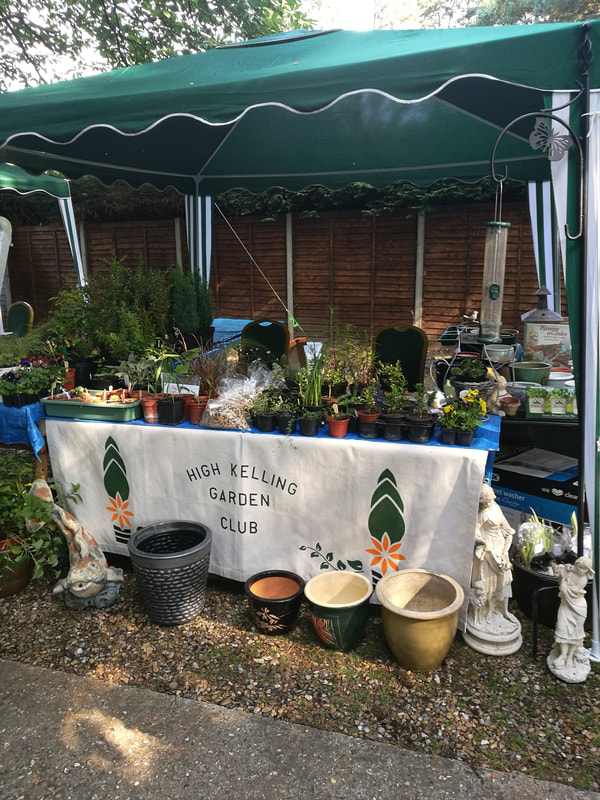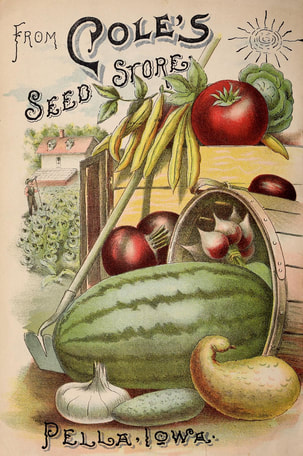
WELCOME TO THE HIGH KELLING GARDEN CLUB'S PAGE!
Our friendly club meets at High Kelling Village Hall on the second Monday of the month during March, April, May, September & October.
Join us for refreshments served from 7.00pm, followed by a monthly Guest Speaker and Raffle.
During the months of June, July & August we have a lovely Programme of Summer Group Outings to local Gardens/Nurseries & Attractions. During December/January & February we will meet up during the daytime at varying local venues.
We extend a warm welcome to everyone. You don’t have to live in High Kelling to join our Club!
Annual Club Membership £12.00 per person (April-March). Visitors welcome to come along to meetings for a cost of £3.00 per person
For more details contact Tanya our Club Secretary
phone: 07825 578321
email: [email protected]
2024 PROGRAMME
Monday 9th September Speaker – Andrew Sankey 7.30pm
Subject – History of a Cottage Garden
Monday 14th October Speaker – David Horsley 7.30pm
Subject – Wildlife of European Mountains
Tuesday 12th November Speaker – Norfolk Wildlife Trust 2.30pm
Subject – Wildlife & plants in cemeteries
Tuesday 10th December Details TBC 2.30pm
2025 PROGRAMME
January Date TBC Meet up & Coffee at Holt Garden centre 10.00am
February Date TBC Details TBC 2.30pm
Monday 10th March Speaker - Rosemary Ward 7.30pm
Subject - Jewels in the Clouds
Monday 14th April AGM & Talk by Simon Harrap *7.15pm
Monday 12th May Details TBC 7.30pm
KEEP WATCHING THIS PAGE TO KEEP UP WITH OUR NEWS!
Our friendly club meets at High Kelling Village Hall on the second Monday of the month during March, April, May, September & October.
Join us for refreshments served from 7.00pm, followed by a monthly Guest Speaker and Raffle.
During the months of June, July & August we have a lovely Programme of Summer Group Outings to local Gardens/Nurseries & Attractions. During December/January & February we will meet up during the daytime at varying local venues.
We extend a warm welcome to everyone. You don’t have to live in High Kelling to join our Club!
Annual Club Membership £12.00 per person (April-March). Visitors welcome to come along to meetings for a cost of £3.00 per person
For more details contact Tanya our Club Secretary
phone: 07825 578321
email: [email protected]
2024 PROGRAMME
Monday 9th September Speaker – Andrew Sankey 7.30pm
Subject – History of a Cottage Garden
Monday 14th October Speaker – David Horsley 7.30pm
Subject – Wildlife of European Mountains
Tuesday 12th November Speaker – Norfolk Wildlife Trust 2.30pm
Subject – Wildlife & plants in cemeteries
Tuesday 10th December Details TBC 2.30pm
2025 PROGRAMME
January Date TBC Meet up & Coffee at Holt Garden centre 10.00am
February Date TBC Details TBC 2.30pm
Monday 10th March Speaker - Rosemary Ward 7.30pm
Subject - Jewels in the Clouds
Monday 14th April AGM & Talk by Simon Harrap *7.15pm
Monday 12th May Details TBC 7.30pm
KEEP WATCHING THIS PAGE TO KEEP UP WITH OUR NEWS!
